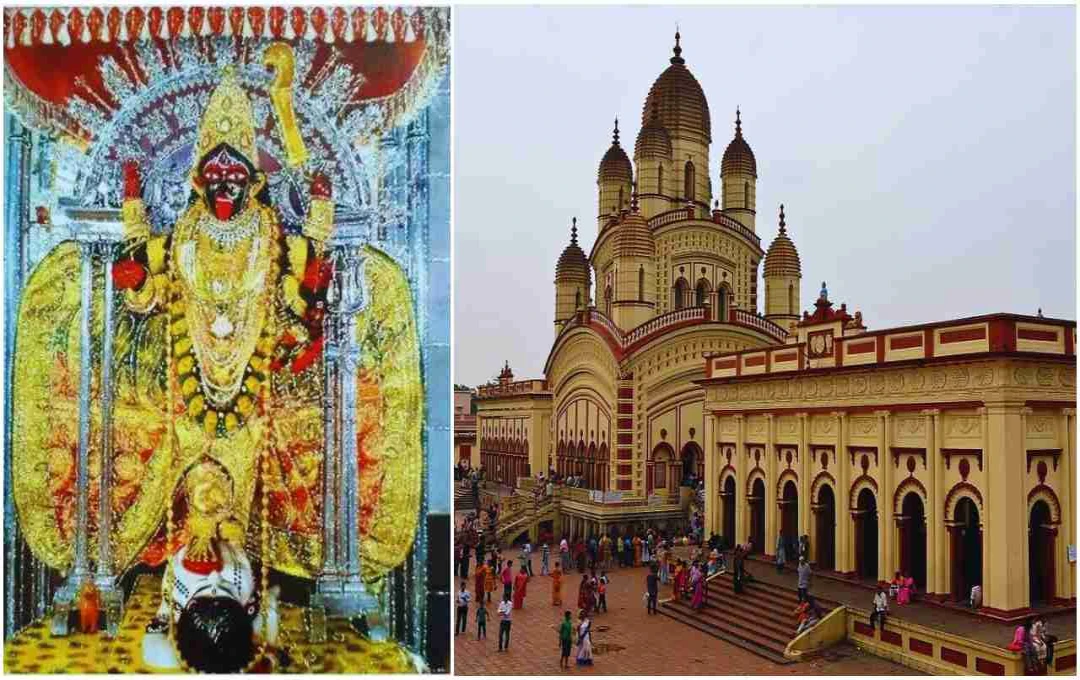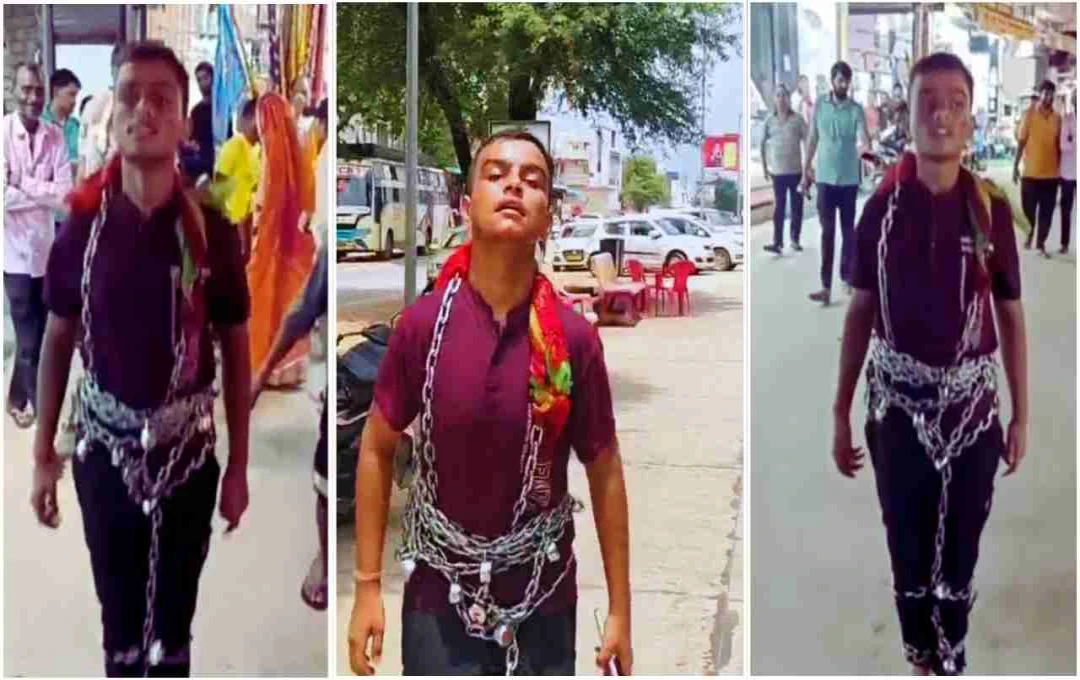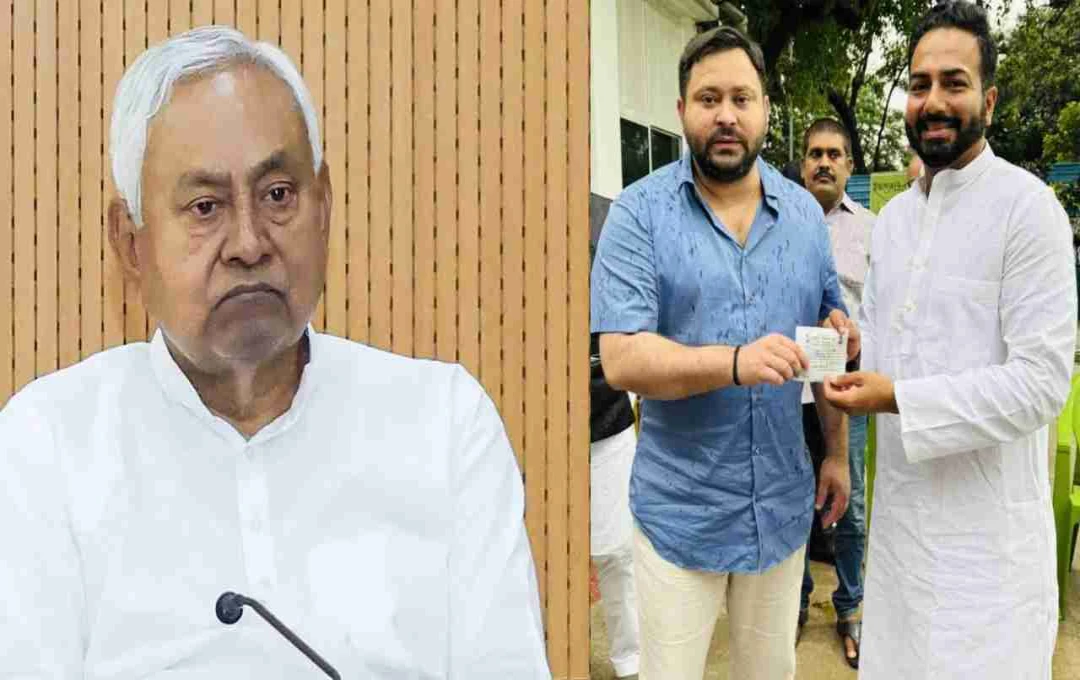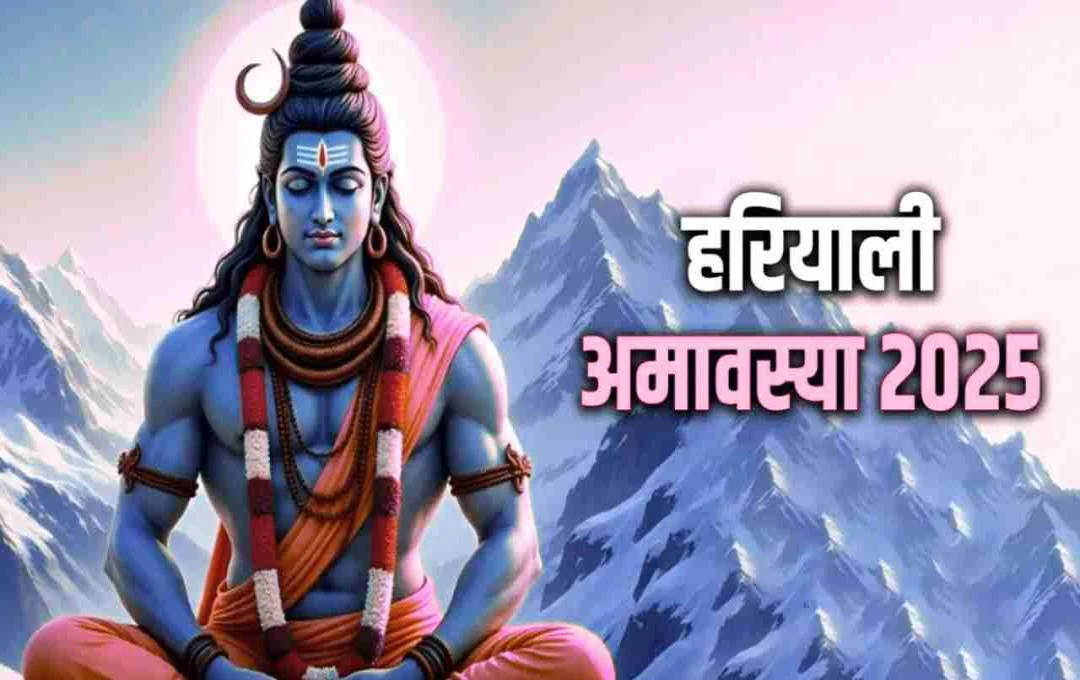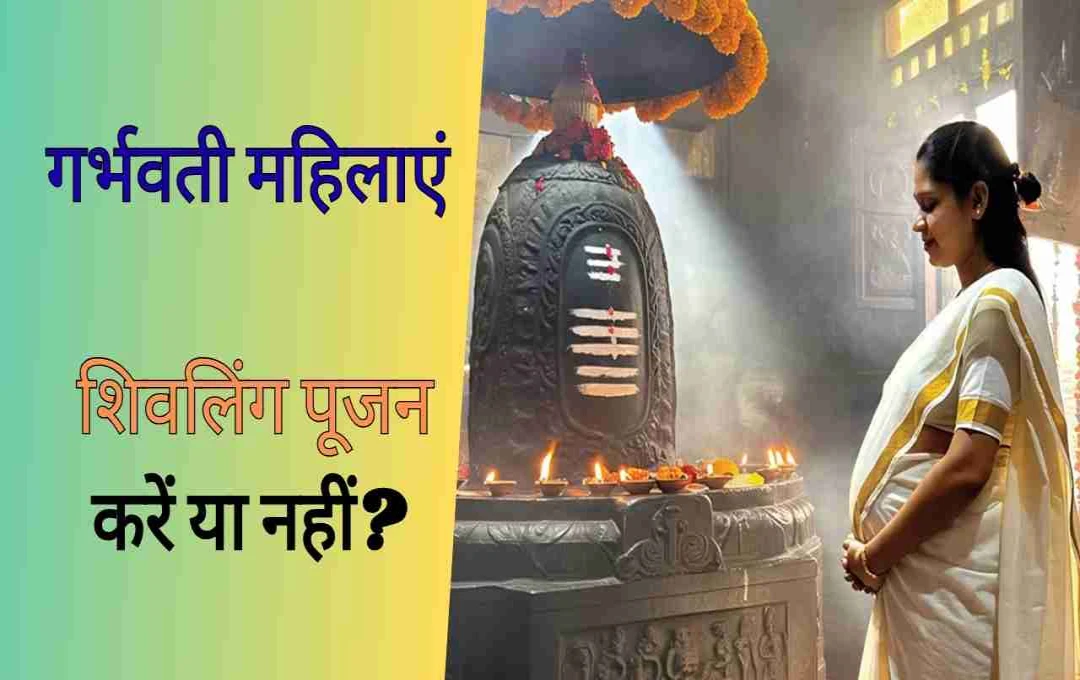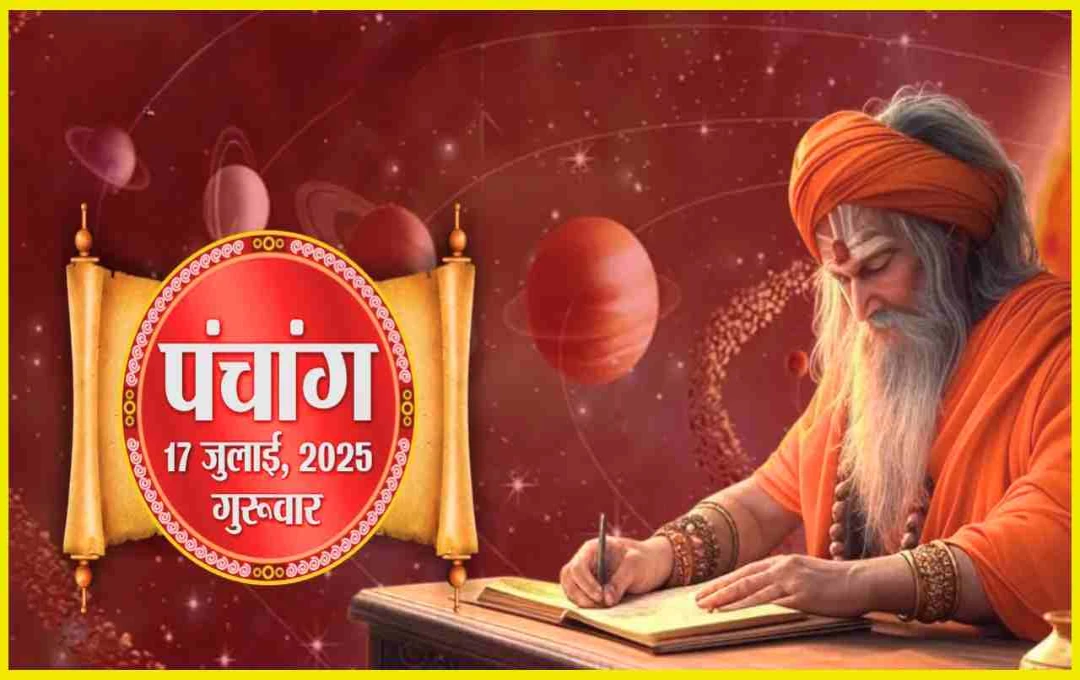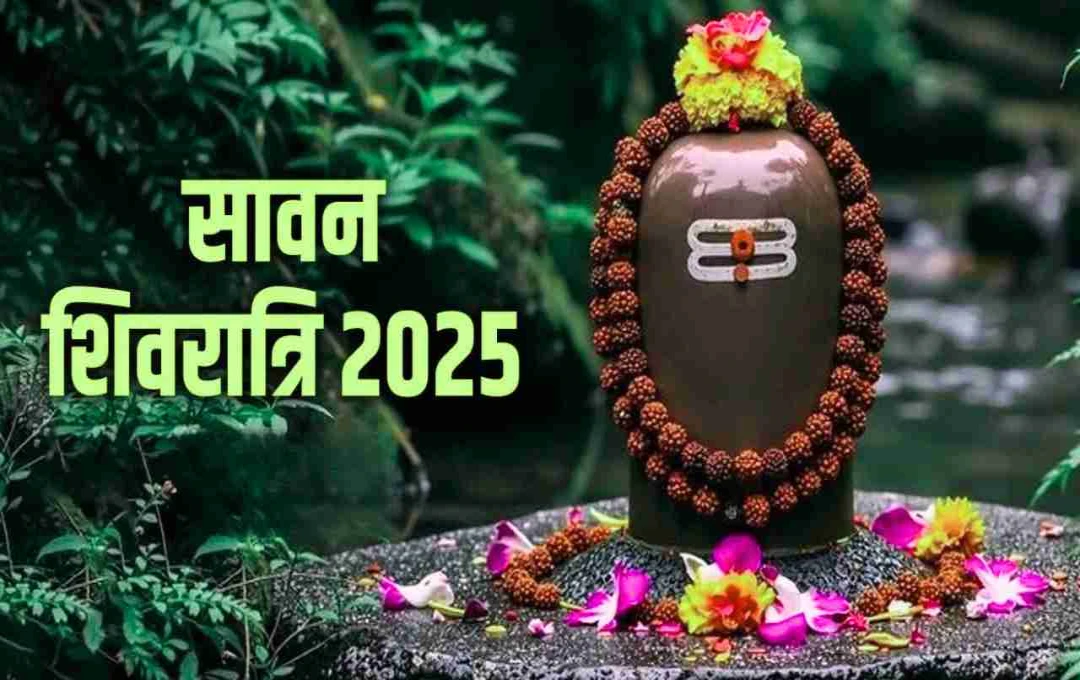On the banks of the Hooghly River, north of Kolkata, stands a temple whose divinity and historical significance continue to attract millions of devotees. This is the Dakshineswar Kali Temple. This divine abode of Maa Kali in her Bhavatarini form is not only a religious center but also deeply connected to the stories of the Indian saint tradition, Tantric practices, and social reform. Mahatma Ramakrishna Paramhansa and Maa Sarada Devi also resided here for a long period, making this temple especially important for spiritual seekers.
Rani Rashmoni's Dream: The Beginning of a Temple
The story of the establishment of the Dakshineswar Kali Temple is not the result of any state plan but the consequence of a divine dream of a devotee woman. Rani Rashmoni, a wealthy Mahishya zamindar from Bengal, was planning a pilgrimage to Banaras. But before the journey began, she had a dream in which Maa Kali gave her a message: 'Do not go to Kashi, build a magnificent temple on the banks of the Ganges and install my idol. I will appear there myself and accept your devotion.' Inspired by this dream, Rani bought land in Dakshineswar village and started the construction of the temple in 1847, which was completed in eight years.
Maa Bhavatarini: The Benevolent Form of Power
The presiding deity of the Dakshineswar Kali Temple is Bhavatarini, a peaceful and benevolent form of Maa Kali. 'Bhava' means the world, and 'Tarini' means the one who ferries across – that is, the goddess who liberates her devotees from worldly sufferings. In the sanctum sanctorum of the main temple, Maa Bhavatarini's idol can be seen standing on the chest of Shiva. This depiction symbolizes power and devotion. The idol is seated on a thousand-petaled lotus throne made of silver, which evokes a sense of ethereal beauty.
Temple Complex: A Confluence of Architecture and Faith
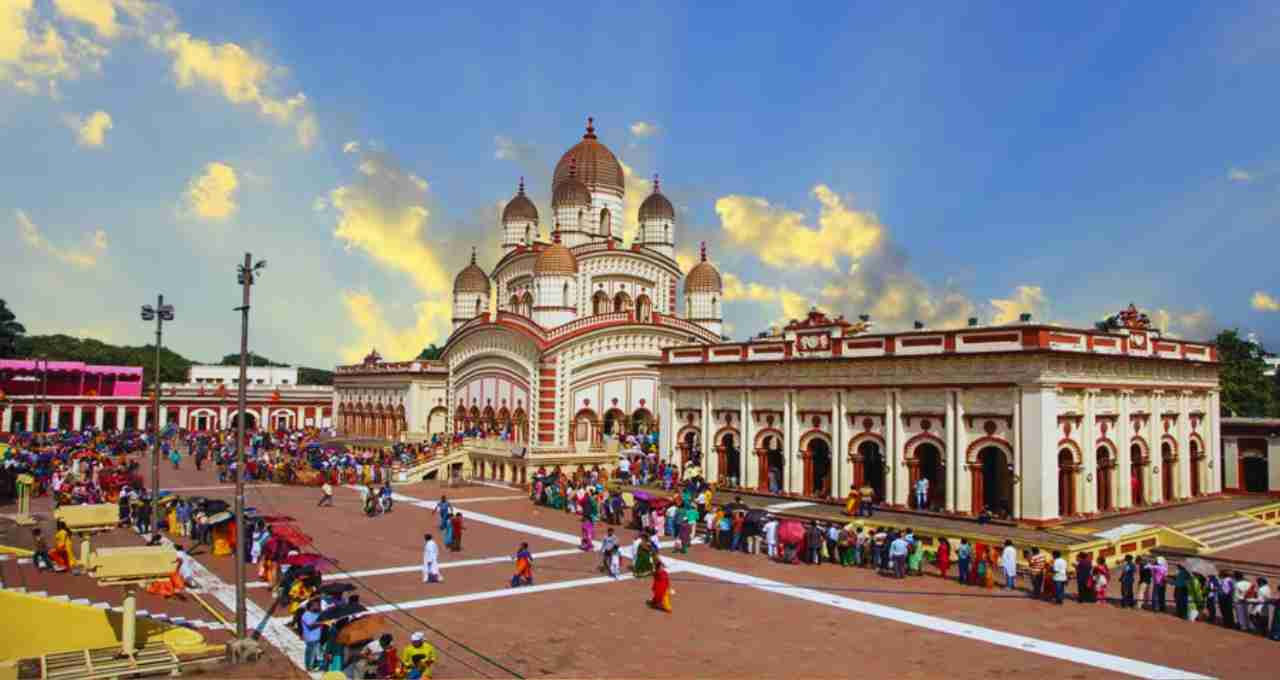
The Dakshineswar Kali Temple is built in the Navaratna style, with nine ornate spires. The structure of the temple is divided into three floors and is built on a high platform. The total area of the temple is spread over approximately 20 acres, which includes:
- The main Kali temple
- 12 Shiva temples (in the Aat-Chala style)
- Radha-Krishna temple
- Bathing ghat
- Nahabat (music tower) – where Maa Sarada Devi resided
- Shri Ramakrishna's meditation room
This entire structure is designed in such a way that it can provide devotees with all the experiences of religious rituals, meditation, and pilgrimage in one place.
Ramakrishna Paramhansa and Maa Sarada: Carriers of Spiritual Revolution
In 1855, Ramkumar Chattopadhyay was appointed as the head priest at the inauguration of the temple, but after his death, this position was given to his younger brother Gadadhar Chattopadhyay, i.e., Shri Ramakrishna. It was here that Shri Ramakrishna experienced the various forms of God and gave the message of 'all religions are equal.' His wife, Maa Sarada Devi, was also a great spiritual seeker. She practiced and served in a small room called 'Nahabat' in Dakshineswar. Today, that room has been developed into a temple dedicated to Maa Sarada.
Social Reform and Spiritual Teachings
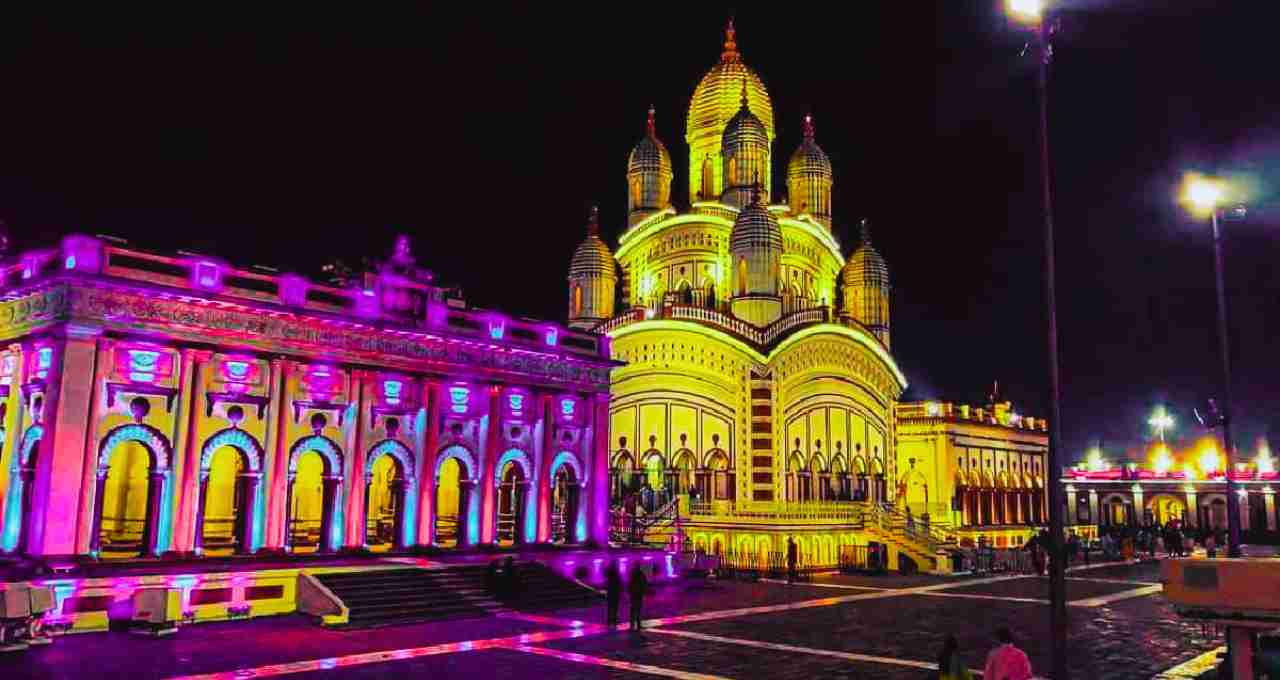
The Dakshineswar Temple was not only a place of worship but also a center of social and religious reforms. Ramakrishna Paramhansa came here and adopted many ideologies and declared women, Shudras, and foreigners also worthy of attaining God – which was contrary to the conservative thinking of that time. He also guided Swami Vivekananda here, and through him, the spiritual consciousness of India was propagated all over the world. The book 'Ramakrishna Kathamrita,' written by Mahendranath Gupta, is a vivid document of Ramakrishna's stay in Dakshineswar.
Religious Rituals and Festivals
Even today, many religious festivals are regularly celebrated at the Dakshineswar Kali Temple:
- Kali Puja: A special puja of Maa Bhavatarini is performed on the night of Diwali.
- Ramakrishna Jayanti: His birthday is celebrated with great pomp in the month of Phalgun.
- Sarada Puja: An annual puja is held in memory of Maa Sarada Devi.
- Ganga Snan Utsav: Thousands of devotees bathe in the Ganges and have darshan of Maa Bhavatarini.
Rani Rashmoni's Legacy
Rani Rashmoni passed away just five years after the construction of the temple. Just one day before taking her last breath, she donated her property in Dinajpur to this temple as a trust, due to which this temple is still operated independently today. The faith and social dedication shown by her are still a symbol of reverence.
The Dakshineswar Kali Temple is not only a magnificent religious site but also a symbol of devotion, social reform, and self-realization. The worship of Maa Bhavatarini, the penance of Ramakrishna Paramhansa, and the service of Maa Sarada have made it a unique pilgrimage site in India. This temple is a confluence of faith, history, and spirituality, where every devotee attains a divine experience. Be sure to visit Dakshineswar and experience the grace of the Mother.
